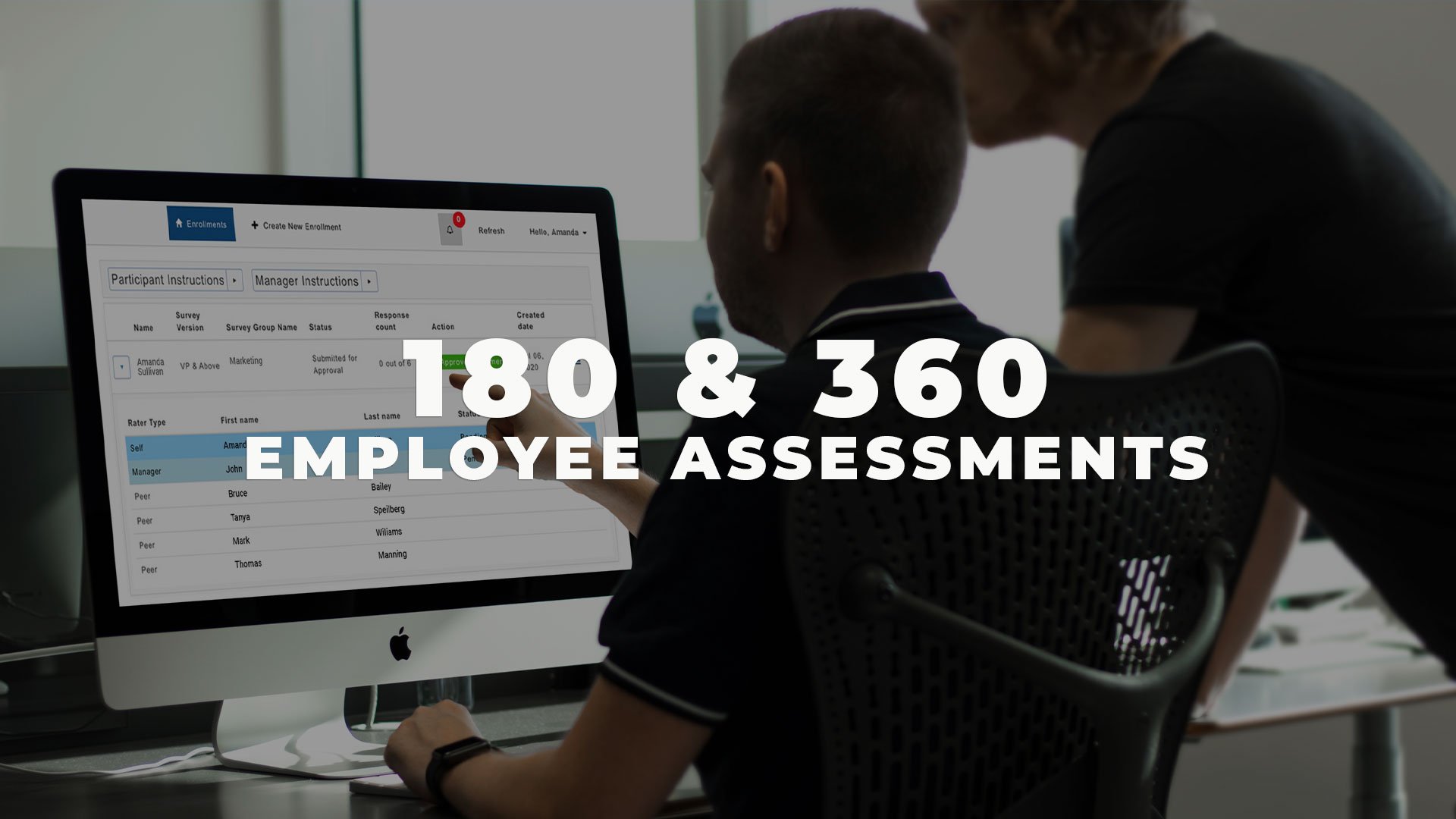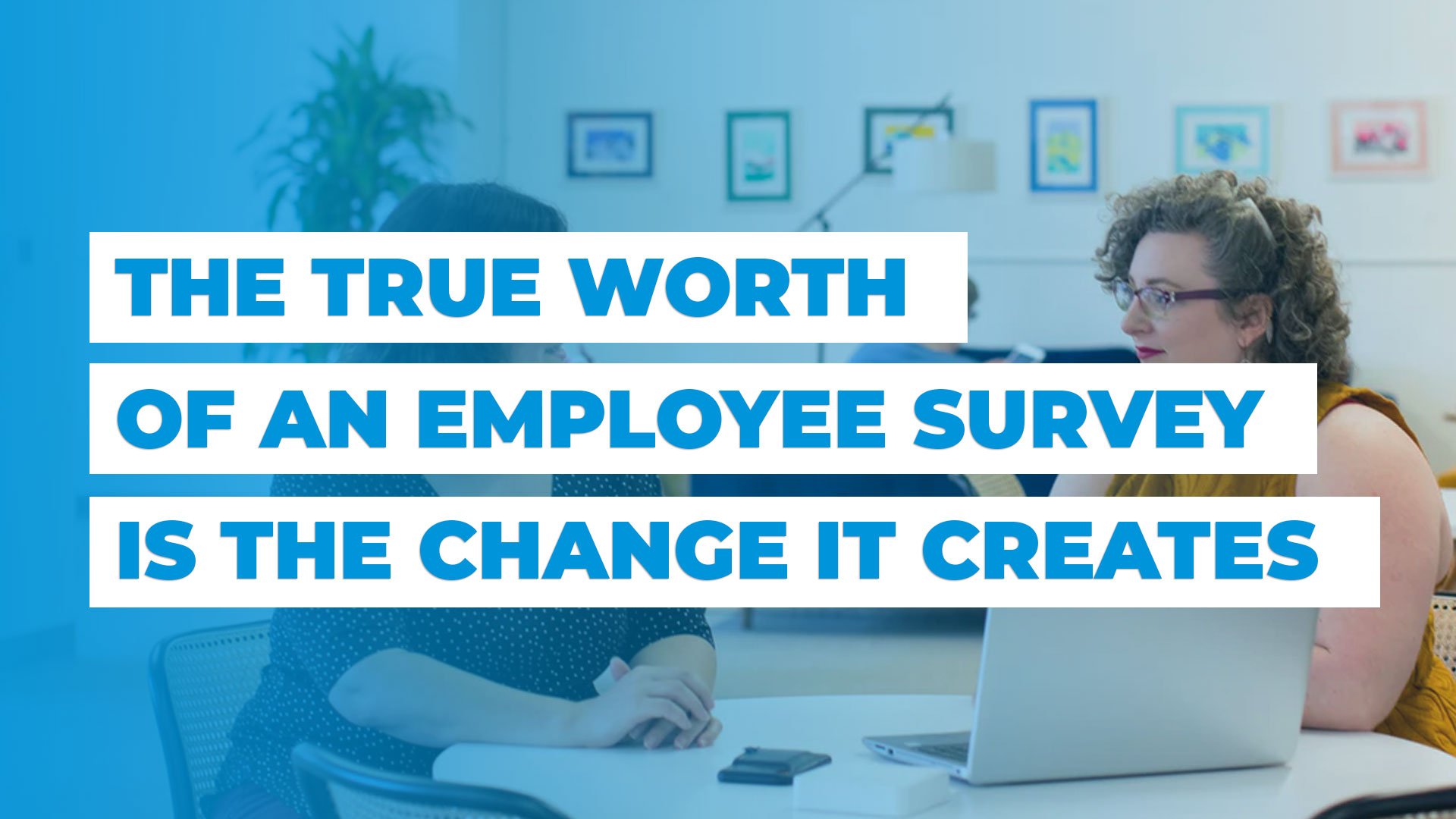
Today’s organizations are challenged with making sure leaders have competencies they need to deal with today’s complex, ever-evolving environment. Meanwhile, managers are increasingly working with complex team structures – cross-functional, global, virtual – and they need to understand what is most effective.
180 or 360 assessments can help. 180s provide valuable feedback to managers from their direct reports, whereas 360s provide a more in-depth perspective from directs, peers, and even customers. Done well, these tools deliver powerful insights to foster better manager development based on the competencies that matter most to your organization. Here’s how to make sure you’re doing it well!
1. Focus on your organization’s core competencies
Generic assessments just don’t work. In order to fully understand the complexities of your workforce, you need to measure the right skill set. What are the qualities that are most critical to an individual helping your organization succeed? This may be different across job types or manager levels. Overall, the most effective employee development programs are customized for organizations based on their unique needs and strategic priorities.
[Related Blog: How 180 Assessments Make Your Managers Better Leaders]
2. Communicate clearly with participants and raters
Anytime you ask for someone’s time – even if it’s just 15 minutes – it’s important to explain why it’ll make a difference. With 180 assessments and 360 assessments, both raters and participants are helping employees and organizations thrive. Some leaders may be concerned that these employee assessments are used to solely identify weaknesses; it’s critical to explain that they are employee development tools, used to identify both strengths and areas for improvement, as well as make sure that the organization has a healthy mix of employees with complimentary skills.
3. Use your 180/360 results to drive organizational change
Participants need to receive their results in a helpful, easily digestible way; they should be given clear and actionable feedback. At OrgVitality, our proprietary AI algorithm focuses leaders on the areas that are most important in employee development, and provides specific, actionable steps forward. Our system also provides aggregate analyses that highlight areas of strength across the company as well as potential areas for organizational interventions. For long term effectiveness, it’s important to hold employees accountable by making development a priority within the organization.
[Related Blog: Prime Your Employees to Give and Get Critical Feedback]
4. Set Participants Up for Success
OrgVitality now offers a new Manager Academy specifically focused on everything a participant needs to know when going through a 180 or 360 feedback assessment. This 8-week email digest provides participants with timely content that helps them make better use of their assessment. It covers things like understanding the process, interpreting feedback, acting on results and more. By adding the Manager Academy to your 180 or 360 feedback assessment, participants will benefit even more from this developmental opportunity.
Author

Amanda focuses on business development, including creating branded content, managing special events, and working with clients to enhance their internal communications. Amanda comes to OrgVitality from the media industry, where she had 20 years of experience writing for national magazines, newspapers, online publications, and television news programs. She graduated from Columbia University with a B.A. in English and Comparative Literature







